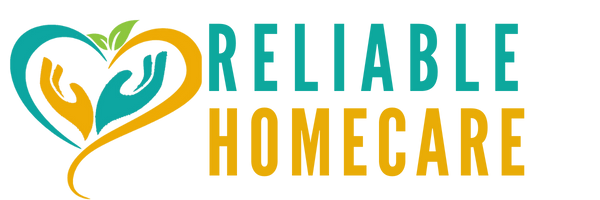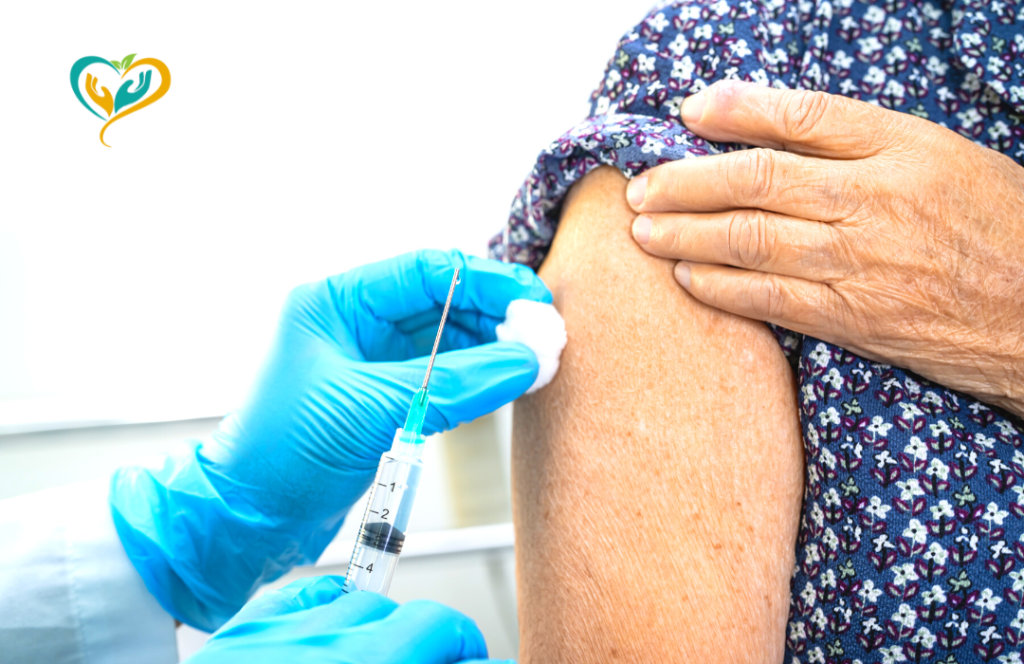Information Source CDC.GOV
Work with Partners
Consider collaborating with the following partners who may already work with older adults and people with disabilities. These partners may be able to help identify people in greatest need of information, help link people with vaccination services, or provide transportation to vaccination clinics:
State and local Area Agencies on Agingexternal icon
Senior nutrition programs, such as Meals on Wheelsexternal icon
Centers for Independent Livingexternal icon
Home healthcare agencies
Paratransit services and other groups providing transportation services for people with disabilities and older adults
Tribal organizations
Community-based organizations
Community health workers
Veterans groups
Faith-based organizations
Cultural organizations
Other organizations that serve older adults and people with disabilities in the community

Where Older Adults, People with Disabilities, and Caregivers are Considered in Jurisdictional Vaccination Outreach Efforts
Specify how older adults and people with disabilities and their care providers are considered in jurisdictional vaccination outreach plans.
Some older adults and people with disabilities live in community-based group homes or receive home healthcare. Include these groups when conducting vaccination outreach.
Hospice workers, home healthcare providers, direct service providers, and community-based service providers, including group home providers, should be included in vaccination planning and outreach.
Family member caregivers and unpaid care attendants provide necessary services to help older adults and people with disabilities with daily activities. Provide opportunities, when feasible, for family members, personal care aides, home healthcare providers, and other paid and unpaid persons to get vaccinated at the same time as those they care for. This may facilitate on-site vaccination options for people who are homebound and reduce the potential for wasting vaccine. It will also help to lessen the risk of exposure to COVID-19 for older adults and people with disabilities and allow them to remain at home.
Convenient Vaccination Locations
Consider which vaccination providers can offer vaccines at locations more convenient for older adults and people with disabilities. Examples include:
Senior centers and community centers
Adult day services centers
Senior nutrition program locations
Group homes
Tribal or cultural centers
Independent living facilities for older adults
Centers for Independent Living
Residential care facilities
Other board and care homes or other locations where seniors or people with disabilities may live or seek services
Homebound Persons and People in Rural or Remote Areas
Consider needs of homebound persons and people in rural or remote areas.
Work with jurisdictional partners to organize mobile vaccination services for people in rural communities and people who are homebound while ensuring cold chain maintenance and limiting vaccine wastage.
Consider establishing vaccination strike teams or working with emergency medical services, home health providers, and others who can administer vaccines.
Consider how the jurisdiction can help facilitate vaccination of homebound persons by primary care providers who are COVID-19 vaccination providers, when feasible.
Accessible and Trusted Sources of Information
Provide information on COVID-19 vaccines and vaccination in accessible formats and from trusted sources.
Ensure that communications meet the necessary requirements of the Americans with Disabilities Act, the Rehabilitation Act, the Patient Protection and Affordable Care Act, the Plain Language Act, and other applicable disability rights laws for accessibility.
Consider braille, closed-caption TV, and easy-to-read materials with large text and pictures or visual cues to convey information about vaccines and vaccination clinics.
Consider using a range of media channels for communication, such as newspaper, radio, and TV in addition to online and social media channels.
Enlist trusted messengers who are representative of different racial, ethnic, and cultural groups in the community, including advocates; organizations that support older adults and persons with disabilities, such as Meals on Wheels; faith leaders; medical providers and allied health professionals, including community health workers; and community leaders and other trusted voices in the community to expand outreach and provide accurate vaccine information.
Ensure written vaccine information is available in languages spoken in the community being vaccinated and that interpreters, including American Sign Language interpreters, are available at the time of vaccination.
Consider offering phone numbers (call centers) accessible for older adults and persons with disabilities to call and schedule vaccination appointments if they do not have internet access or are not able to navigate online vaccination appointment systems.
Family and Caregivers
Encourage family members, caregivers, and others in the community to help.
Ask family members, caregivers, and community members to help older adults and people with disabilities schedule vaccination appointments and to consider accompanying them to vaccination clinics to ease the process.
Identify and mitigate barriers to allowing medical proxies to get information and make decisions about COVID-19 vaccination for their loved ones.
Work with family members, home care providers, care managers, and paratransit operators to assist with vaccination arrangements, including linking to transportation if needed.
Vaccination Clinic Accessibility
Monitor vaccination clinic accessibility for older adults and people with disabilities.
Ensure that each vaccination provider site has a point of contact to address reasonable accommodation needs for older adults and people with disabilities.
Develop and implement a plan for vaccination provider sites to confirm accessibility consistent with disability rights statutes such as the Americans with Disabilities Act and Section 504 of the Rehabilitation Act of 1973. For example, locations should be accessible to people relying on wheelchairs, scooters, walkers, or other assistive equipment (such as handrails, service animals, and ramps) for mobility and provide places to sit for those who may fatigue while waiting for their vaccination.
Consider centralized record-keeping of reported problems with vaccination provider site accessibility and how those problems were resolved.
Ensure vaccination provider sites follow CDC recommendations for preventing the spread of COVID-19, such as social distancing and mask-wearing, at vaccination clinics and incorporate relevant considerations into planning for curbside or drive-through clinics.

